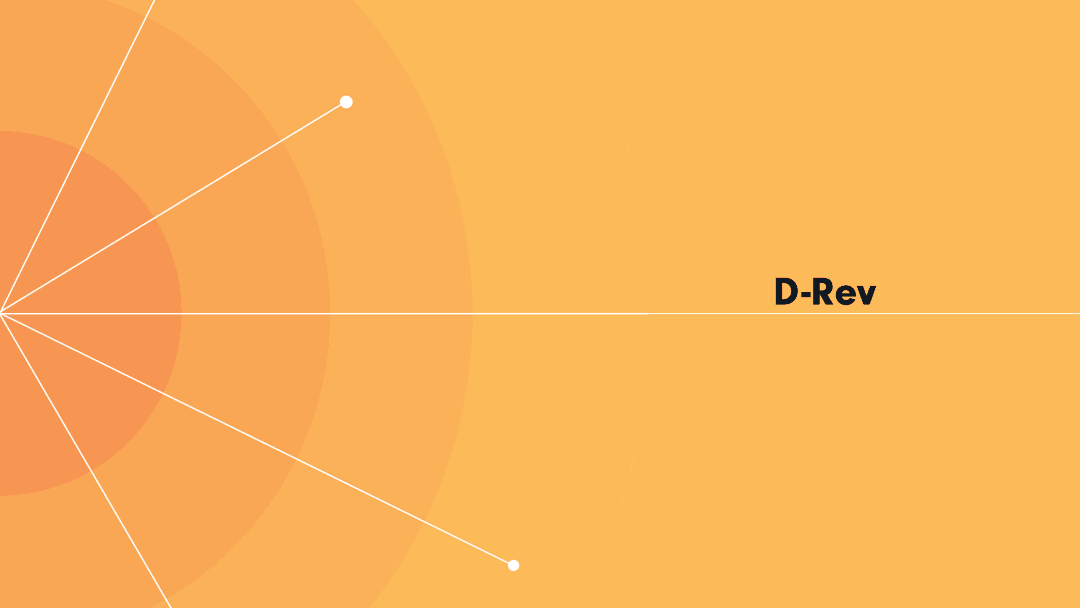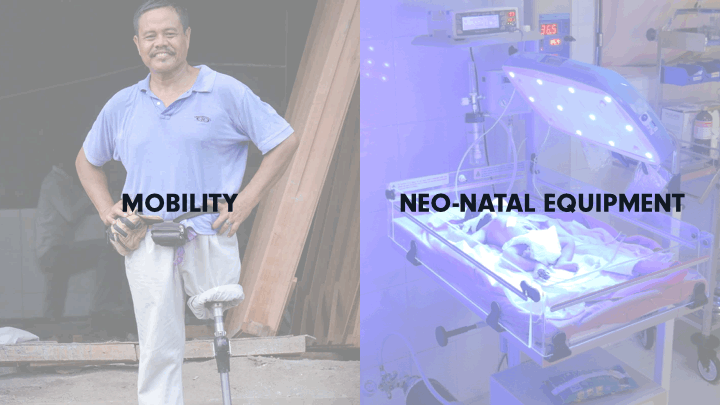September 26, 2019
REFLECTING ON: Krista Donaldson and her practice as a human-centered designer, researcher, engineer, CEO, and social innovator.
Research is an essential part of any designer’s process, but engaging with users as a part of that research is often neglected. Krista Donaldson is an outlier in this trend, combining her skills as a designer, engineer and researcher with her interests in engineering and social entrepreneurship in less industrialized societies to create products that make a real difference for real people. That’s the key element of Donaldson’s success: the people that she’s designing for are more to her than a vague persona, they are real people whose stories inform her innovative process.

“Everyone at D-Rev — and I believe everyone involved in the design process, even if you’re on the operation side of the office — should interact with users. So, we say everyone should do field work. And this is not just good for the design of the product, it’s good for your process, and it’s good for your organizational strategy.”
— Krista Donaldson
Donaldson’s interaction with her user group began long before her work at D-Rev. After earning a stack of degrees in Engineering and Product Design from Ivy League schools, she put her education into practice at Kickstart in Nairobi, Kenya to design a water pump which would revolutionize the irrigation process for small-scale farmers and as a result, triple their incomes. She also worked for the U.S. Department of State as an Iraq Economic Officer to guide economic policy and the reconstruction of Iraq’s electricity sector. These experiences provided her with opportunities to observe the lives of the people she was trying to impact so that she could design directly for their needs, but it also gave her insight into the importance of the implementation of designed artifacts in ensuring the impact of a product on its user through an innovative product lifespan. She has applied this learning in her current role as the CEO of D-Rev.
Short for “Design Revolution”, D-Rev is a non-profit organization which specializes in the design and delivery of affordable and effective medical equipment to members of low-income communities. Donaldson’s education and experience in solving problems for under-served populations through design and engineering has had a heavy impact on D-Rev’s process. Process is an important word at D-Rev, and they take a lot of pride in their own process which has been thoughtfully constructed with an emphasis on seeing projects through from start to true completion, which for them means impact. The organization owns the research, design and development of each project, and they seek partnership with industry leaders when the time comes to actually manufacture a product. They break down their process into four consecutive parts: identify, design, deliver, and scale/measure. They begin by identifying high-impact opportunities. Since they are impact-driven, they seek problems where there is high-social need and market opportunity so that their intervention can make a big difference. For D-Rev, these opportunities always stem from issues of health inequalities. The next step is to design products that are high-quality and meet the users’ needs. For their target users, affordability is a significant need. Innovation within the biomedical industry tends to develop expensive equipment that is only accessible to those with high incomes, usually in Western societies. D-Rev’s innovation strategy reverses this mindset by prioritizing affordability and function above nuance in order to best meet their users’ needs. However, at D-Rev, the end user is not the only user. The term “user” includes every person along the path of delivery of a product to the end user, and their innovative thinking extends beyond product development into the marketplace, and even beyond. As the organization’s reach grows, they emphasize the importance of scaling responsibly. They prioritize accessibility and benefitting consumers as they delve into mass-manufacturing. So, how does this process apply to their actual projects?


The two areas of focus for D-Rev are neonatal and mobility equipment. Brilliance, one of their neonatal projects, is a piece of phototherapy equipment which treats jaundice in babies. In alignment with D-Rev’s mission, this technology was engineered to be effective at $400, a much more attainable cost for those with low incomes than the standard $3500 equipment. Brilliance has had an impact worldwide; its distribution to 59 countries and counting has enabled over 666,400 babies to be treated, 567,000 of which would not have received treatment otherwise. However, as the project scaled up, Donaldson and the D-Rev team encountered an obstacle in maintaining their ideal price point after the product leaves their hands. In the Philippines, the product — worth $700 after taxes and tariffs — was being sold for $2300. The team realized that they needed to design for the entire life cycle of their products in order for these projects to be successful. In other words, D-Rev expanded their innovation beyond the technology into a system. D-Rev’s systems innovation is evident in their mobility work as well.
ReMotion is a project that was born when Donaldson and her team discovered space for intervention: above-knee amputees in low and medium-income regions without access to life-enhancing devices. The price point for prosthetic knees ranges from $2k—$20k which is inaccessible to the over 3 million yearly amputees, primarily in third world countries. D-Rev intervened through innovation and engineered a knee for $80 which is both functional and subtle, a significant need for those living in cultures with a stigma surrounding disability.
This post exists within a series of reflections on topics and coursework from my Human-Centered Design class, taught by Marty Maxwell Lane at the University of Arkansas.